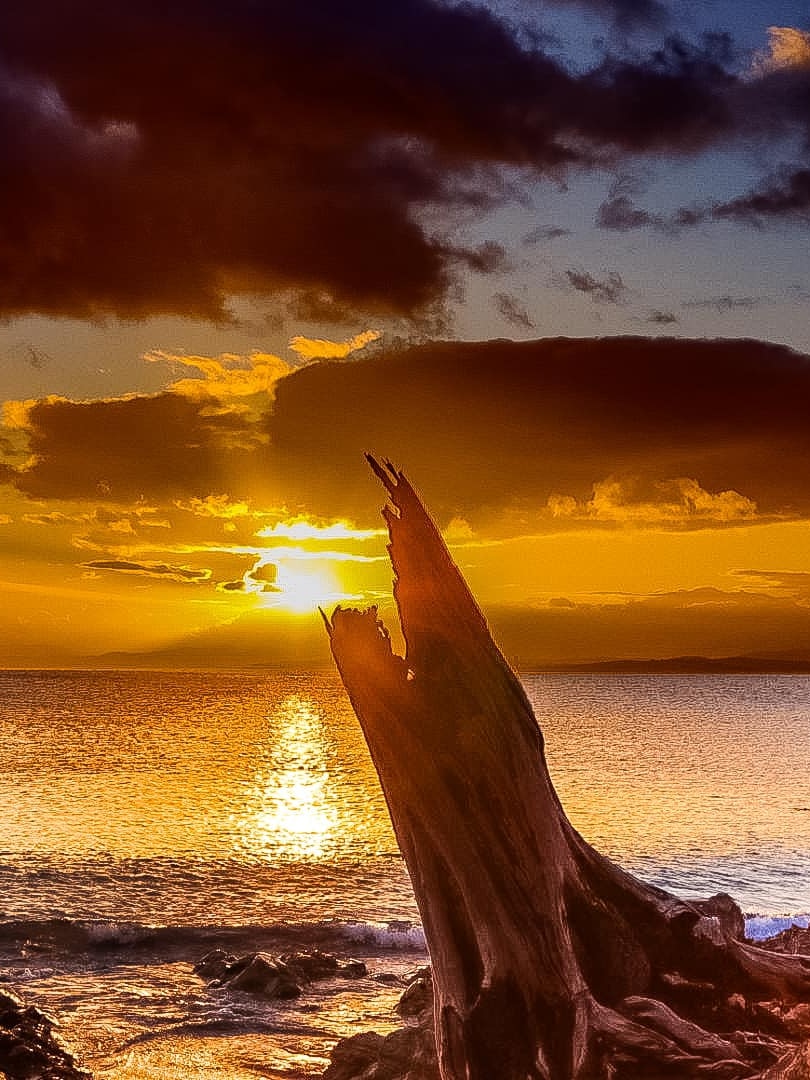The calendar has rolled into autumn but Australia’s weather still firmly resembles mid-summer, including the most intense autumn heatwave in decades across South Australia and Victoria.
The weekend scorcher follows a Sydney record on Friday when the water temperature off the coast reached a new all-time high of 26.75 degrees Celsius — 3C above average.
As the south-east sweats the country’s north will be ducking for cover as a monsoon trough reforms, increasing rain and potentially spawning multiple tropical cyclones during the coming weeks.
While March cyclones are common, the weather across central and eastern Western Australia is quite irregular due to a prolonged spell of rain and storms — a pattern unusual for any time of year.
Modelling is currently indicating the WA rain should reach south-east states from midweek onwards.
However, this weekend, the focus remains squarely on when a cool change will arrive, where the next cyclone could strike and whether WA’s drenching breaks all-time records.
South-east states under grip of rare March 40C heatwave
Temperatures this weekend will soar up to 15 above average over south-east states and will edge to within a few degrees of all-time autumn records in areas near the coast.
Melbourne and Adelaide should both climb close to 40C this afternoon, just below their respective records for autumn of 41.7C and 42.2C.
A maximum above 38.9C in Melbourne will be the city’s warmest March day in 16 years, while Adelaide and Hobart should comfortably record their warmest March day in five years.
If Melbourne’s maximum exceeds 39.2C, then today will be the warmest for March in 22 years.
The severe heatwave is due to a dome of hot sinking air, called an upper high, combining with fresh northerly winds which are preventing sea breezes from cooling the coastline.
The northerlies arriving from the dry interior deserts are also responsible for low humidity, leading to ‘high’ to ‘extreme’ fire dangers across most of SA, Victoria, and Tasmania on Saturday, although thankfully wind speeds and temperatures will remain below levels seen during the recent bushfires.
A cool change will sweep through Tasmania on Sunday, but will only brush the mainland’s southern coast before slipping away into the southern Tasman Sea.
The weak nature of the change will prevent it from pushing north to Melbourne and Adelaide, resulting in another day near 40C on Sunday across most of south-east Australia, apart from the coastal fringe.
Hot northerly winds will then blow back to the coastline on Monday, extending the spell of hot days to the longest in decades for this time of year.
Adelaide is heading for their first four-day spell above 35C in autumn since 2008, while Melbourne could register its first three-day spell, in autumn, at or above 38C since 1942.
A stronger change should then flush out the heat from southern parts of Victoria and SA on Tuesday, but for areas north of the ranges, including inland NSW, temperatures close to 40C will persist well into the week.
Ivanhoe in far west NSW is a prime example of what inland towns face this coming week – maximums from 38C to 40C each day from Saturday to Thursday.
While Sydney and northern NSW are not technically in a heatwave, the Harbour City has commenced a run of nine days where maximums should climb at least 3 degrees above average.
So when will this run of hot weather completely end?
It all depends on the movement of a rainband from WA, which should stream over Victoria from Wednesday. If the rainband pushes north to NSW then cooler weather will eventuate from around Friday.
Although if the cloud and rain remain south, hot weather will linger into the back half of the month.
Monsoon and cyclone risk remerging over the north
The chance of a tropical cyclone forming next week is considerable as the next active phase of the monsoon arrives.
The majority of Australia’s cyclones form along the monsoon trough, a line which marks the southern border of cross equatorial winds.
A burst of monsoon winds not only contain abundant moisture but also provide the genesis for an initial circulation.
The monsoon trough should touchdown this weekend on the Kimberley and western Top End coasts before spreading to Cape York early in the week.
The most likely location of a tropical low this week is initially south of Christmas Island, a system which has the potential to track south-east towards the WA north coast later in the week.
Another region which could spawn a tropical low is off the east coast of Cape York Peninsula from about Thursday onwards.
The uncertainly regarding these systems is currently high, as depicted by the strike probability map below showing a chance a cyclone in a long broad band across Australia’s northern waters, but with a probability of well below 50 per cent in most areas.
Soaking and flooding for WA
An invasion of tropical moisture has engulfed WA this week due to a deviation of winds from a dry easterly off the inland deserts to a moist northerly from the Indian Ocean.
The shift has already brought record March rain to pockets of the state, including 118 millimetres at Hyden in the Great Southern district, five times the monthly average and already the highest March total since the weather station opened in 1929.
Other notable falls this week included 74mm at Marble Bar in 24 hours, the towns wettest 24 hours in two years.
A band of cloud with rain and storms will persist over central and eastern WA for at least another five days, accumulating to 100 to 200mm from the Kimberley through the Interior and eastern Goldfields to the Nullarbor Plain – well above the regions March average of around 20 to 50mm, although the Kimberley averages 100 to 200mm.
The result of the soaking is broad flood watch for WA’s eastern catchments, with a warning primary and secondary highways may be affected and some communities and homesteads may become isolated.




